Answers

Feb 26, 2019 - 09:25 AM
Yeti took the approach of making something that was never seen as high-end into a high-end item: coolers.
Just a few years ago, the concept of paying $300 for a cooler seemed absurd. But today, the Yeti brand has become a normal purchase for outdoor enthusiasts with a taste for quality.
To win purple-cow status, the founders focused on solving a pain point that they themselves had experienced. They wanted durable, resilient coolers that wouldn’t fall apart after rough use, such as the battering they gave their coolers on fishing trips. As it turned out, lots of other people wanted the same thing, and were willing to pay big bucks for it.
And then their fans kinda did for them with the Yeti butts meme:
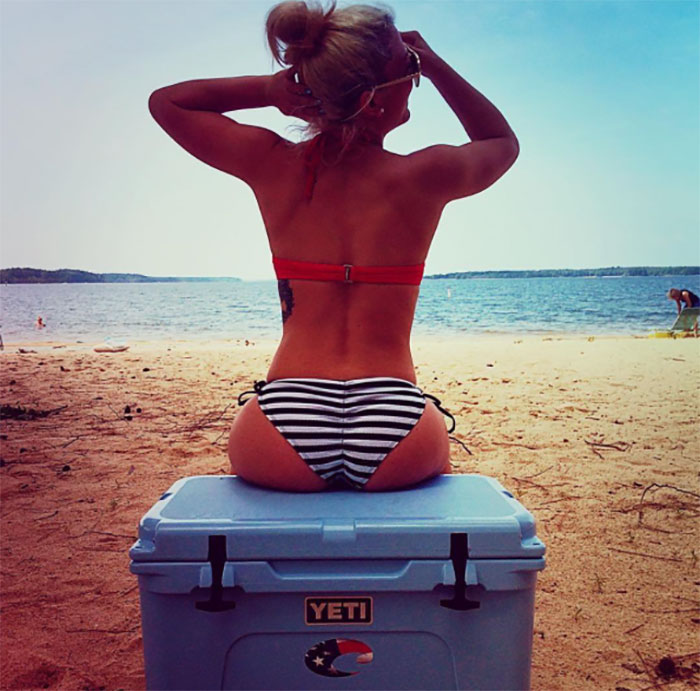
See this article on why Yeti became so successful.
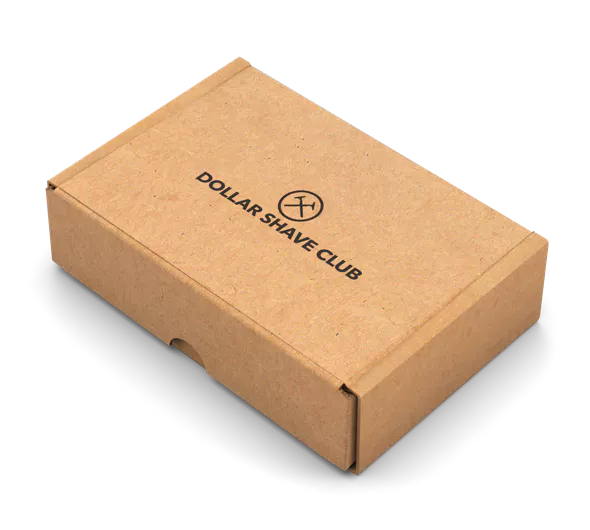
For decades, people bought razors kind of mindlessly, browsing through the gendered options at their local drugstore. Dollar Shave Club was on the cutting edge of a new trend: cheaper, non-gendered razors available by subscription.
The company took a stand against existing razor companies by pointing out their needlessly high costs. They also made shaving with their razors more convenient than the alternative, simply by offering to mail them right to your door. Because the brand sent a different message than existing companies did (and shared it using wildly popular videos), it quickly got attention.
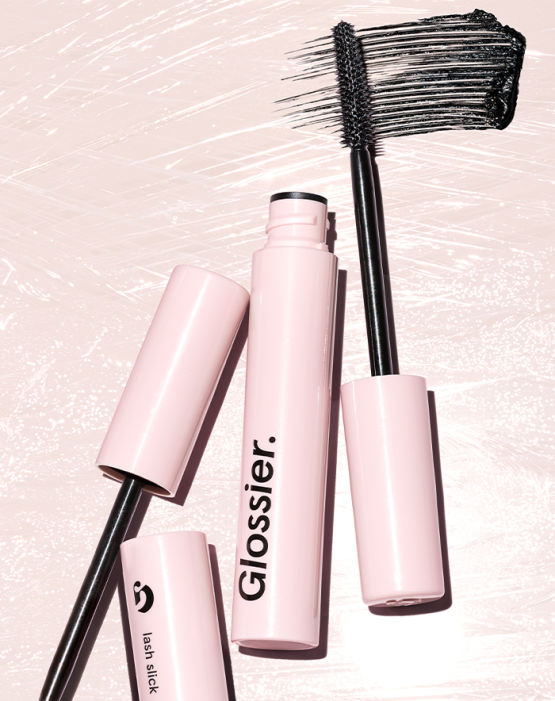
The cosmetics industry as a whole is thriving right now. However, with so many new brands constantly launching, it’s difficult for any single one to stand out.
Glossier, a spin-off brand from the Into the Gloss blog, became a purple cow by using minimalism on all levels of its marketing. As shoppers became indoctrinated with new products and brands promising to fix every problem under the sun, Glossier went the other way, with a stripped-down offering of a few essential items.
The “less is more” approach translated into a huge payoff for the brand. Instead of trying to sell every imaginable item, founder Emily Weiss focused on just a few things to help people solve common cosmetics issues. Glossier offered to help you look better in less time, and overworked millennials bought in quickly.
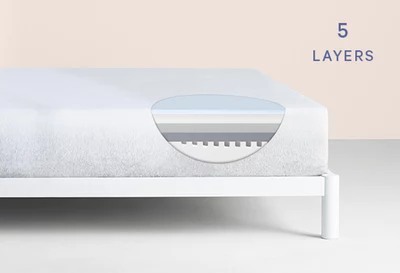
Shopping for mattresses used to mean visiting a mattress store, laying down awkwardly on a few models, and then arranging for a delivery of the bulky, difficult item.
This business model was ripe for an ecommerce takeover, as the fast success of Casper and other mattress-in-a-box brands has shown. Casper changed the game by offering something different: affordability and convenience. You no longer had to break the bank to upgrade your mattress, and you could get it delivered right to your door without having to visit a store yourself.
It didn’t take long for Casper’s success to become evident: the brand sold all its inventory on the very first day it launched, and has been going strong ever since.
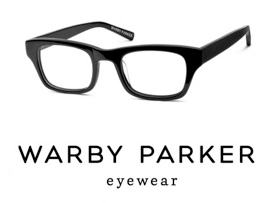
Finally, Warby Parker revolutionized yet another run-of-the-mill item through ecommerce: eyeglasses. Their 'Purple Cow' was their try five frames for free and return those you don't like, similar to Zappos shoe strategy.
They also sold high-end frames at a significant discount to Luxottica, the monopoly that owned nearly all the eye glass frame brands at the time.
Luxottica's owner is a little known Italian guy (Leonardo Del Vecchio) worth $21 billion. That kind of wealth only comes from monopoly, which Warby Parker rudely disrupted.

Dec 31, 2020 - 05:51 PM

See my interview with the founder here:
https://capitalandgrowth.org/answers/...








Add New Comment